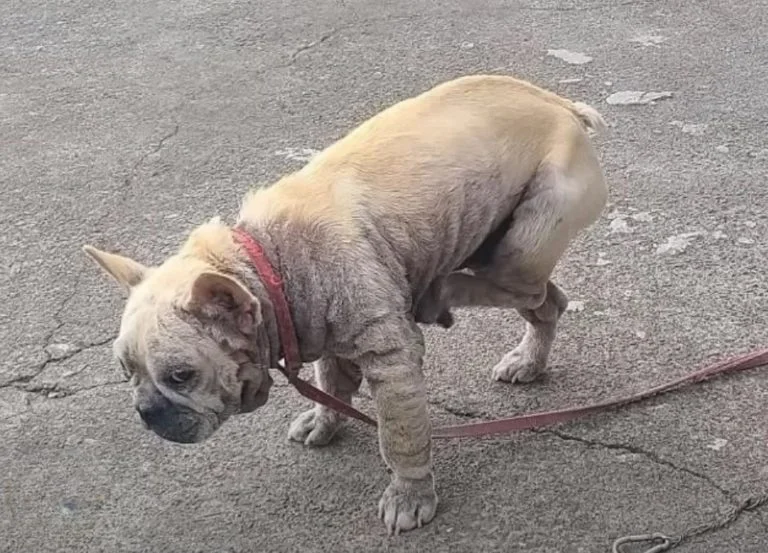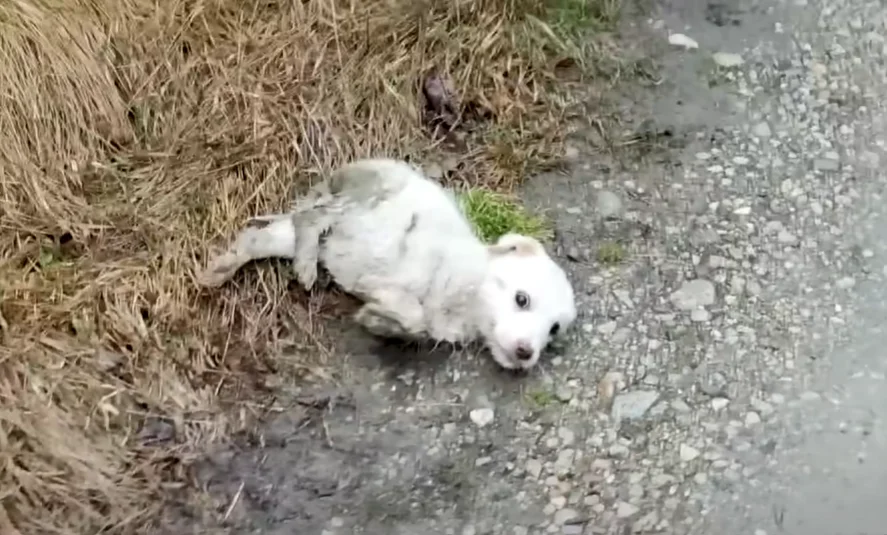Spring brings delightful changes, such as longer days and blooming flowers, but it also introduces new risks for pets. From fertilizers to seasonal allergies, it’s important to be aware of potential hazards. Here are some crucial tips to ensure your pet stays safe and healthy during the spring season.
1. Store Fertilizers and Lawn Chemicals Safely
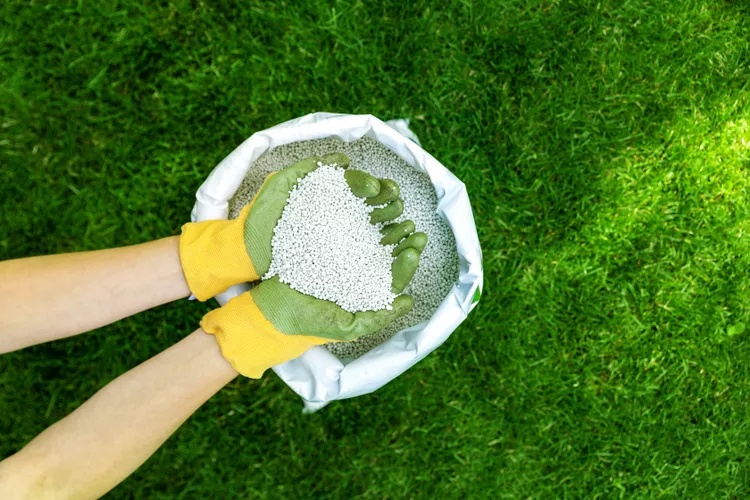
Keep fertilizers, weed killers, and other lawn-care products securely stored and out of reach of pets. Ingesting these substances can cause gastrointestinal upset, including vomiting and diarrhea. If you suspect your pet has ingested any chemicals, contact your vet or a pet poison hotline immediately. Residue on their paws might cause minor irritation, but keeping pets off treated areas until it’s safe can help prevent these issues.
2. Maintain Flea and Tick Prevention

Ensure your pet is current on flea, tick, and heartworm prevention. Consult your vet about the best products for your pet’s needs. While many flea and tick preventatives kill pests before they can transmit diseases, it’s still important to remove ticks promptly. Regular brushing after outdoor activities, especially in wooded areas, can help spot and remove ticks.
3. Consider Lyme Disease Vaccination
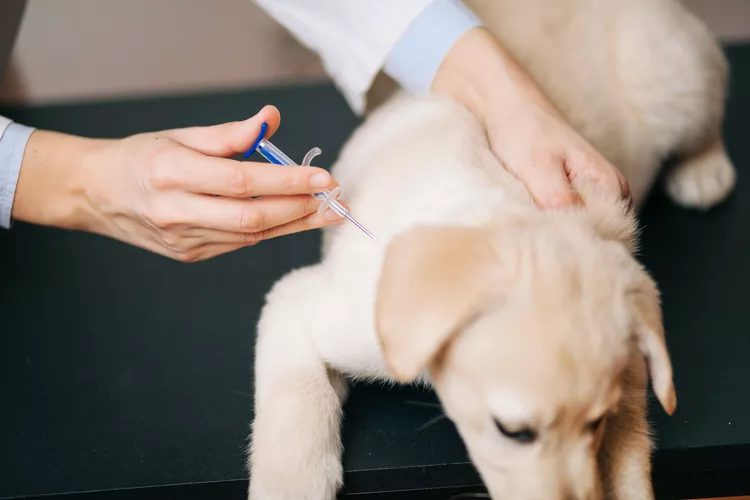
In regions where Lyme disease is common, vaccination can be a preventive measure for your pet. Discuss the risks with your vet and consider vaccination if ticks are a frequent issue in your area. Check the CDC’s tick surveillance maps for more information on tick prevalence in your region.
4. Keep Lilies Away from Cats

Lilies are highly toxic to cats and can cause severe health issues, including kidney failure. Since lilies are often used in spring floral arrangements, ensure they are kept out of reach of your cats to prevent accidental ingestion.
5. Be Aware of Toxic Plants
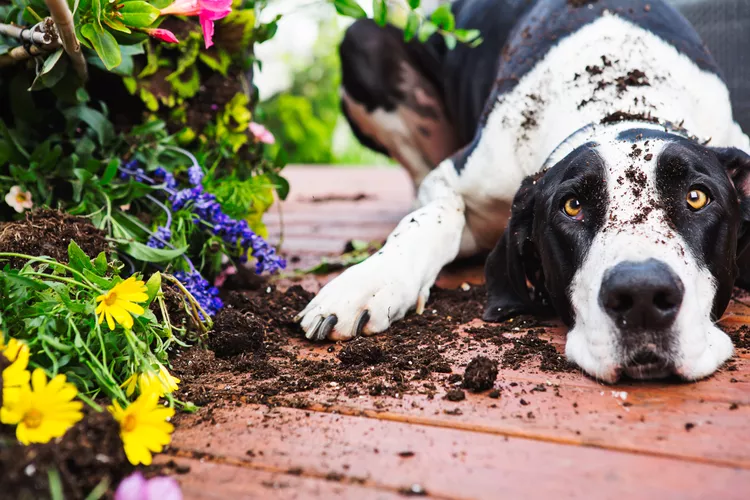
When gardening or landscaping, be mindful of plants that are toxic to pets. For example, Japanese yew trees and certain flower bulbs, like daffodils and tulips, can cause serious health problems if ingested. Consult resources such as the ASPCA’s list of toxic plants to ensure your garden is safe for your pets.
6. Monitor for Bee Stings

Bee stings can cause varying reactions in pets. Minor stings may lead to slight swelling and discomfort, which can be managed with over-the-counter Benadryl (consult your vet first). More serious reactions, especially if the sting is on the face, require immediate veterinary attention. Watch for signs of an allergic reaction and seek prompt veterinary care if needed.
7. Recognize Seasonal Allergies in Pets

Pets can suffer from seasonal allergies just like people. Symptoms might include excessive itching, paw chewing, or recurrent ear infections. Consult your vet for advice on managing these allergies, which may include prescription or over-the-counter medications.
8. Store Cleaning Products Properly
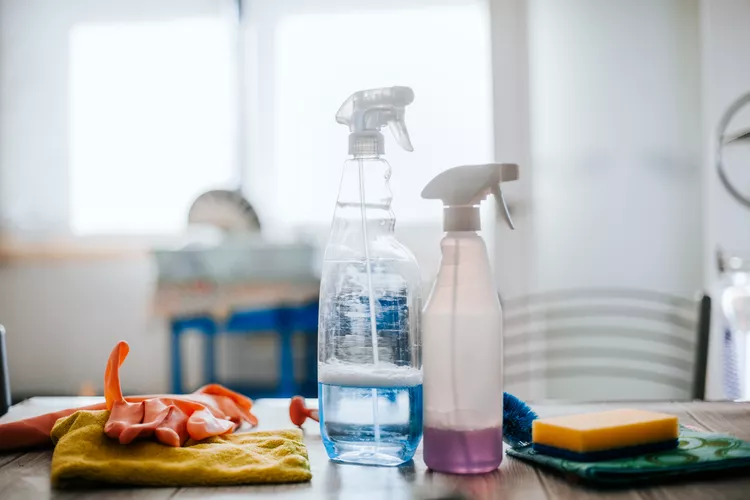
When undertaking spring cleaning, keep cleaning products and chemicals out of your pet’s reach. Even diluted products can cause gastrointestinal issues, while concentrated cleaners may cause more severe damage. Always ensure that cleaned areas are dry and free from residue before allowing pets to access them. Contact your vet if your pet ingests any cleaning products.
9. Update ID Tags and Microchips

As you and your pet spend more time outdoors, make sure your pet’s ID tag and microchip information are current. A well-fitting collar with up-to-date contact information and a registered microchip can help ensure your pet finds its way home if it gets lost.
For any health concerns or emergencies, always consult your veterinarian. They are best equipped to provide advice tailored to your pet’s health history and needs.




